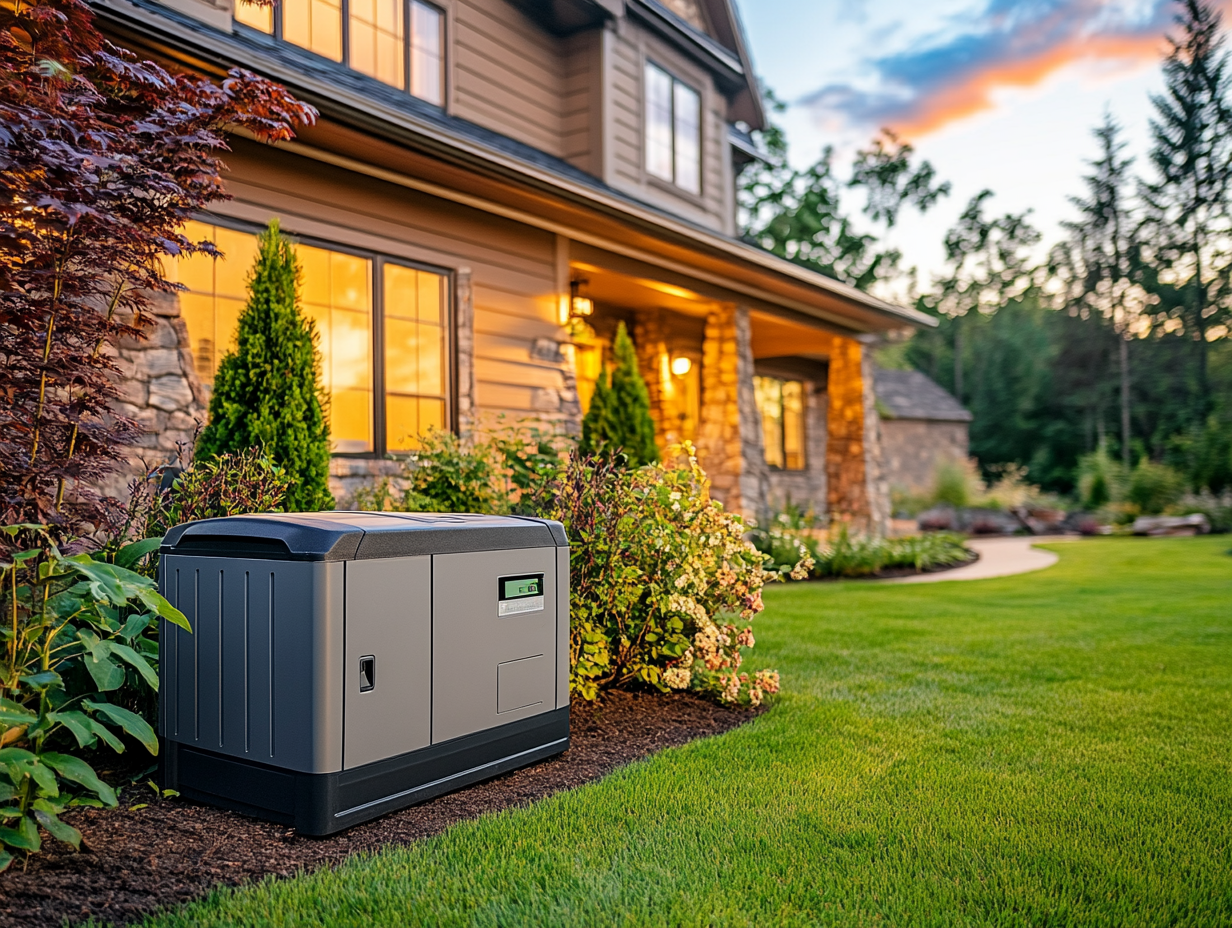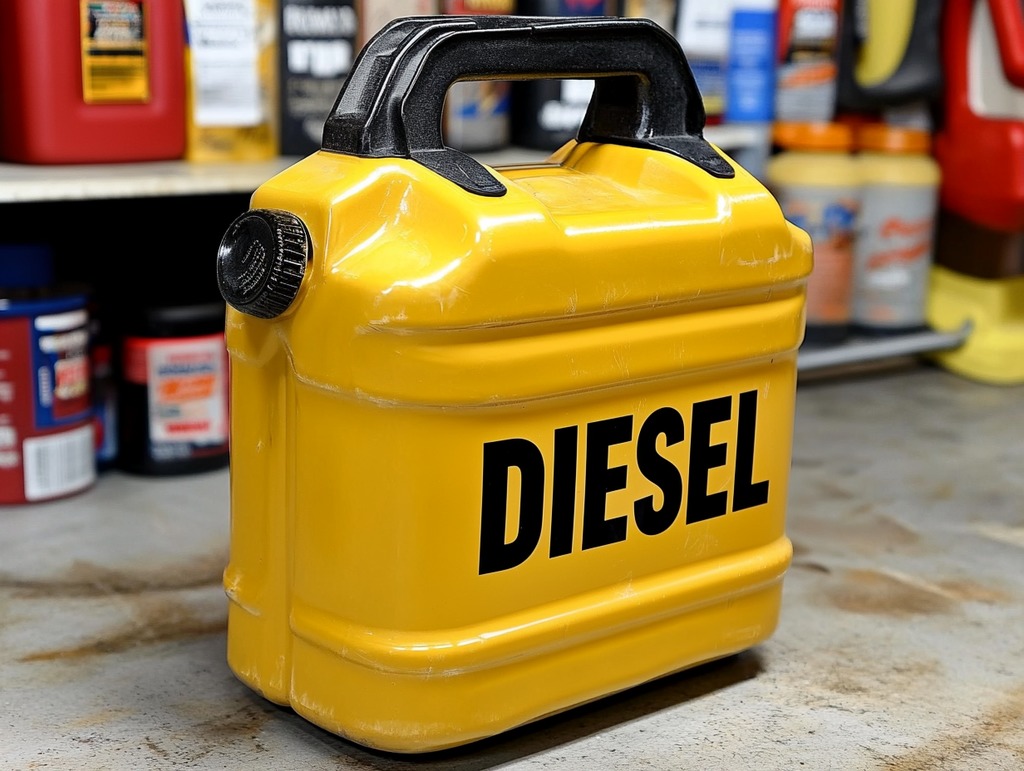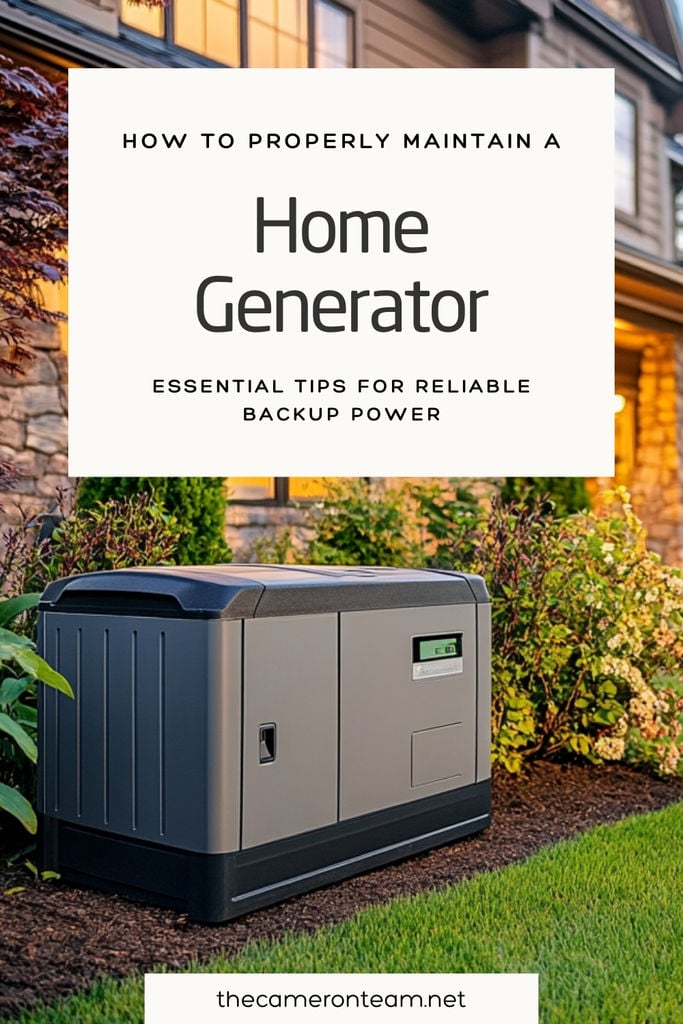When the power goes out, your home generator becomes a crucial asset. It keeps essential appliances running, ensures comfort, and provides peace of mind. But to depend on it in an emergency, you need to invest a bit of time and effort into its maintenance. Neglecting this can lead to unexpected failures and costly repairs down the line.
In this guide, we’ll cover all the essential steps to keep your home generator running efficiently. From routine checks to long-term care, let’s dive into the best practices for maintaining your generator.
1. Read the Manufacturer’s Manual
Before you dive into any maintenance, take time to read the manufacturer’s manual. Different generators have different requirements, so this manual is your go-to source for specific guidance on your model. It’ll tell you about recommended maintenance schedules, oil types, and other essential details that you need to know.
Tip: If you’ve misplaced the manual, you can usually find a digital copy on the manufacturer’s website. Make sure you’re familiar with it!
2. Check and Change the Oil Regularly
Just like a car engine, a generator needs clean oil to run smoothly. Oil lubricates the engine’s moving parts and prevents overheating. Dirty or old oil can lead to engine damage and decrease your generator’s lifespan.
- How often should you check it? For a new generator, check the oil level every 24-48 hours of operation. After that, most manufacturers recommend changing the oil after every 100 hours of use or at least once a year, whichever comes first.
- How to change the oil: First, turn off the generator and let it cool. Then, drain the old oil and refill it with fresh oil as per the manufacturer’s recommendation.
Pro Tip: Use the recommended oil type specified in the manual. Using the wrong oil can lead to poor performance and potential damage.
3. Inspect the Spark Plug and Air Filter
The spark plug and air filter are two small but essential parts of your generator’s engine. These components can easily get clogged or worn, impacting the engine’s efficiency.
- Spark Plug: Check the spark plug every year, and replace it if it’s dirty or worn out. A faulty spark plug can prevent the generator from starting altogether.
- Air Filter: Inspect the air filter every 50-100 hours of use. If it’s clogged or dirty, clean or replace it. A clean air filter ensures that the generator gets the proper airflow it needs to operate efficiently.
4. Test Your Generator Monthly
To make sure your generator is always ready, you should run it for about 20-30 minutes once a month. This short test run allows you to check for any issues and ensures that the generator’s components stay lubricated.
- How to test: Start the generator and let it run under a light load. Pay attention to unusual sounds or vibrations, which could indicate a potential issue.
- Battery maintenance: If your generator has a battery (common in automatic standby generators), make sure it’s charged and ready. Check the battery terminals for corrosion and clean them as needed.
Regular monthly testing is a proactive way to catch any problems before they become emergencies.
5. Keep Fuel Fresh and Store It Safely
Fuel quality can degrade over time, which can cause your generator to run inefficiently or not start at all. Here’s how to manage your generator’s fuel effectively:
- Stabilize the Fuel: If you’re storing fuel for emergencies, add a fuel stabilizer to prevent the gas from breaking down. Stabilized fuel can last up to a year.
- Regularly Replace Old Fuel: If your generator runs on gasoline, make sure to replace any old fuel after 6-12 months, even with a stabilizer.
- Store Fuel Properly: Keep fuel in a cool, dry place in approved containers. Store it away from heat sources and out of children’s reach.
Note: If you’re using a diesel or propane generator, follow specific guidelines for fuel storage as recommended in your manual.
6. Keep Your Generator Clean
Dust, dirt, and debris can build up in and around your generator, leading to overheating and even mechanical failures. Regular cleaning will help keep these issues at bay.
- Exterior Cleaning: Wipe down the exterior with a damp cloth to remove dust and grime. Avoid using high-pressure water as it can damage the engine.
- Internal Cleaning: Periodically clean any visible dirt from the engine and ventilation areas. You can use compressed air to blow out debris, but be careful not to damage any sensitive parts.
7. Inspect and Replace Worn Parts
Some parts of your generator wear out faster than others, especially if you use it frequently. Hoses, belts, and seals may crack or deteriorate over time. A visual inspection every few months can save you from unexpected breakdowns.
- Check for Leaks: Inspect fuel and oil lines for leaks or cracks. A leaking generator can be hazardous and should be repaired immediately.
- Examine Electrical Connections: Loose or corroded connections can impact performance. Ensure all connections are secure, and clean any corrosion you find.
8. Store Your Generator Properly During Off-Season
If you don’t use your generator regularly, it’s essential to store it correctly during off-season periods, especially if it runs on gasoline.
- Drain the Fuel: If you’re not planning to use the generator for a while, drain the fuel tank to avoid stale gas issues.
- Store in a Dry, Cool Place: Keep the generator in a sheltered area to protect it from dust, moisture, and extreme temperatures.
Tip: Cover your generator to keep it free from dust and debris, but make sure the cover allows for ventilation.
9. Schedule Professional Servicing
While you can handle a lot of maintenance yourself, having a professional inspect your generator annually is a wise move. A qualified technician can identify and fix issues you might overlook, ensuring your generator is always in optimal condition.
- When to schedule: Plan for professional servicing at least once a year, or after extended usage, especially if the generator is vital during storm seasons or frequent blackouts.
FAQ on Home Generator Maintenance
Q. How often should I run my generator if I don’t use it regularly?
A. It’s recommended to run your generator for 20-30 minutes once a month to keep the engine lubricated and ensure everything is working smoothly.
Q. Can I use any type of oil in my generator?
A. No, you should use the oil type specified by the manufacturer in the manual. Using the wrong type can affect performance and even damage the engine.
Q. What should I do if my generator doesn’t start?
A. Check the fuel level, spark plug, and air filter. Also, make sure the battery is charged if your generator has one. If these don’t solve the issue, consult a professional.
Q. How long does fuel last in a generator?
A. Unstabilized gasoline lasts about 3-6 months. If you add a stabilizer, it can last up to a year. Diesel and propane have different shelf lives, so refer to the manual.
Wrapping Up
Maintaining a home generator might seem like a lot of work, but it’s well worth the effort. A well-maintained generator will last longer, run more efficiently, and be there for you in a pinch. Regular checks, proper storage, and professional servicing are key steps to make sure your generator is always ready to provide reliable power when you need it most.
By following these tips, you’ll save yourself from unnecessary repairs, extend your generator’s lifespan, and ensure your family’s safety and comfort during power outages. So, invest a little time now, and your generator will be ready to back you up for years to come.









